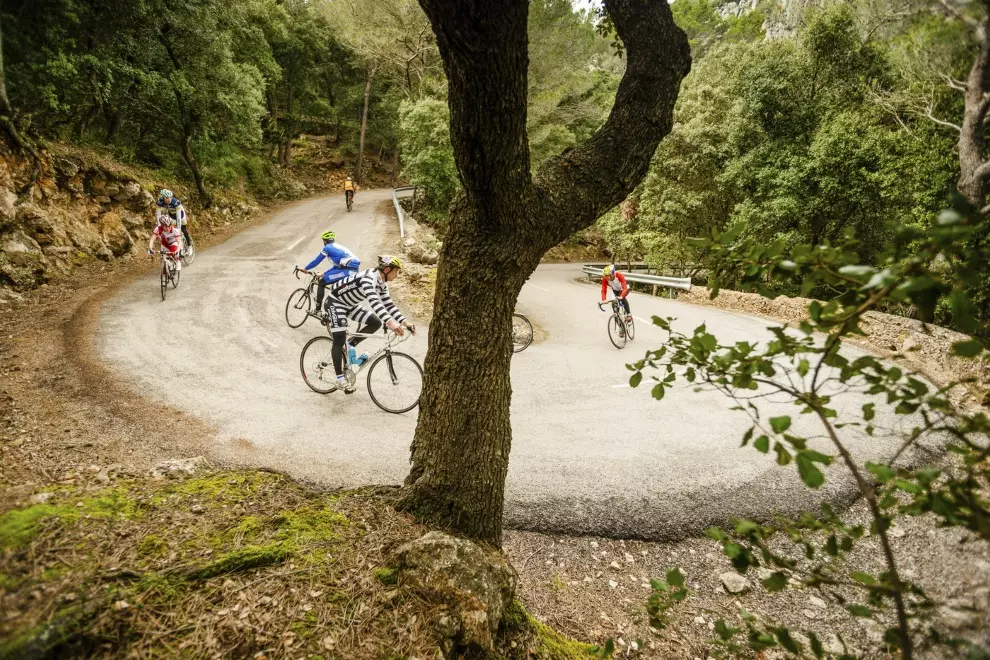If you’re already consistently training without seeing a lot of progress, there could be other areas that you’re neglecting. A prime example of this is strength training and your core. If your trunk is wobbling around a lot, you’re losing power that could be transmitted through your legs and into your drive train.
We spoke to specialist cycling physio Lucy Poole to find out the most effective way for cyclists to get faster through core work.
‘Being a strong cyclist requires more than just strong legs,’ says Lucy. ‘Your core is a complex network of deep and superficial spinal, pelvic and hip muscles, so needs to be challenged in a variety of ways. These exercises can help reduce injury and maximise power transfer into the pedals.’
Lucy suggests the following exercises, performed 2 or three times weekly. Hold each exercise for ten seconds and repeat 6 times.
Beginner curl up
- Start in a supine position with your hands supporting your lumbar region without flattening the lower back to the floor.
- Flex one knee to 90 degrees and keep the other leg relaxed on the floor.
- Lift the head and shoulders a short distance off the floor and leave the elbows on the floor.
- Do not produce any movement in the head and neck (no flexion or chin tucking).
- Try to picture the rotation point being in the thoracic spine and view the head and neck as a block that should be lifted as a whole.
Side plank
- Lie on your side with your legs straight and in line with your body.
- Support the upper body on the elbow/forearm, with the elbow directly under the shoulder. Place your top arm on your side.
- Lift your pelvis off the floor to create a straight line with your body, and hold the position without allowing your pelvis to drop.
- Repeat on the other side.
Lower back extension hold
- Lie face down on a mat with your arms behind your head and your chin tucked in.
- Lift your upper body up by pulling your shoulder blades together without lifting your feet.
- Return to the starting position and repeat.
Bird dog
- Get on your hands and knees (four point position) with your knees directly under your hips and your hands directly under your shoulders. Your back should be in a neutral position (slightly arched) and your chin must be tucked in.
- Tighten slightly your abdominals, lumbar muscles and pelvic floor muscles then lift one arm and the opposite leg without allowing the trunk or pelvis to move or rotate.
- Try to grab something far away in front of you with your hand and touch an imaginary wall far behind you with your foot instead of just lifting them up.
- Lower your leg and arm back to the floor and repeat with the other leg and the opposite arm.



